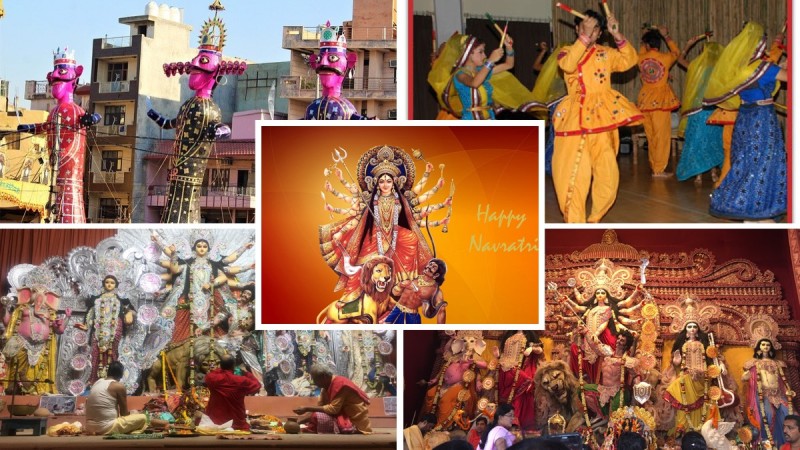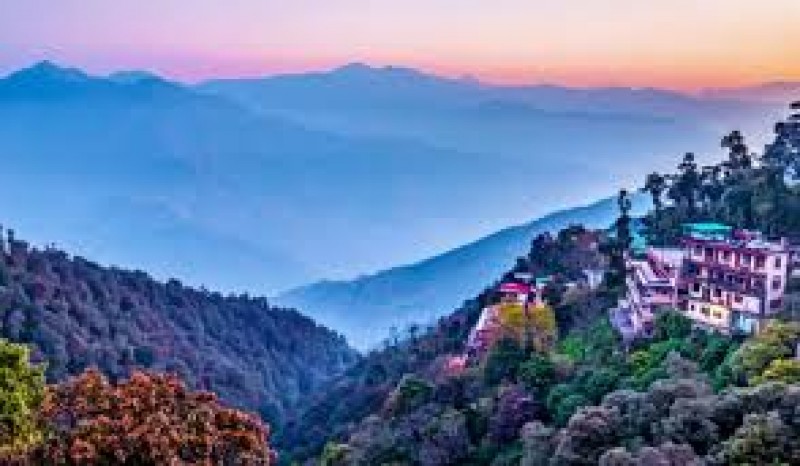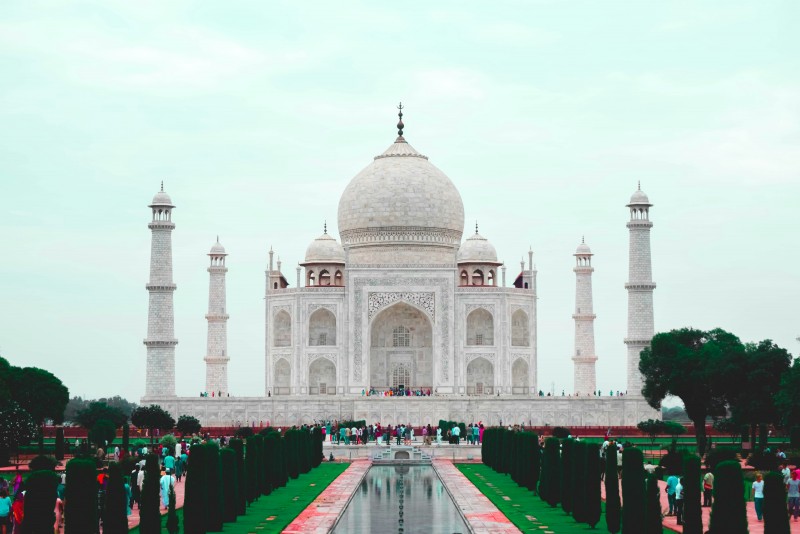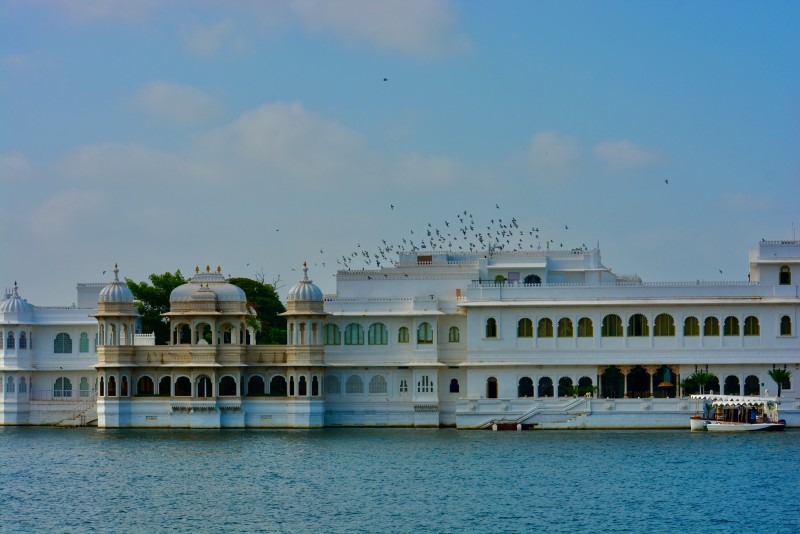
Sharadiya Navratri falls in the Hindu calendar year of Ashwin (September-October) and closes towards Vijayadashami (Dussehra), which denotes the win of correct over the damaging.
The Hindu festival of Navratri is a widely awaited and immensely popular one in India, each part of the country adding its flavor to it with customs, rituals, and traditions of its own. Navratri translates to nine nights -- During these nine nights devotees worship the same Goddess Durga in her all 9 forms known as Navadurga.
Importance of Sharad Navratri:
Significance of Sharadiya Navratri- The festival is spiritually a symbol of light over darkness and good over evil. The festival is a celebration of the battle between Goddess Durga and demon Mahishasura with Durga winning the battle hence symbolizing the victory of good over evil.
Worshipped Nine Forms of Durga:
The different forms of Durga represent different dimensions of life, protection, and power each day of Navratri is dedicated to:
1. Shailaputri (literally, the 'daughter of the mountain'), represents nature and strength.
2. Brahmacharini is the goddess of penance and austerity. She symbolizes knowledge, wisdom, and Yogmetry.
3. Chandraghanta- Symbol of Peace and courage, Chandraghanta is the third appearance (avatar ) of Goddess Durga.
4. Kushmanda: The goddess is the one who created the universe and she is considered as the source of energy.
5. Skandamata: The mother of Kartikeya (or Skanda), she represents maternal love and care.
6. Katyayani: The warrior goddess, prayed to for strength and bravery.
7. Kalaratri – She is the destroyer of all evil forces. Depicts fearlessness and safety.
8. Mahagauri: One who leads to purity and serenity, she signifies peace and wisdom.
9. Siddhidatri — Bestower of Supernatural Powers and Achievements.
Trends followed during Sharadiya Navratras
1. Ghatasthapana or Kalash Sthapana
This festival starts with Ghatasthapana in which a Kalash (a sacred water pot) depicting the goddess is placed. A small bed of soil is made, barley seeds are sown in it and they are watered for nine days. Fresh shoots are associated with good fortune and wealth.
2. Fasting (Vrat)
Fasting: Navratri rules that any devotee should fast during Navratri, this means one shall not eat certain food items and try to focus on prayers. There are two kinds of fasts: One involves fasting partially or consuming only fruit and certain grains and the other is complete fasting.
Fasting is looked at as a way to cleanse the soul and body and improve the religious subconscious.
3. Durga Puja:
Famous festival in West Bengal and central India. During Durga Puja prayers are offered to the deity in homes and temples where offerings of flowers, fruits, sweets, etc are made.
Aarti (ritual prayer with lighted lamps), accompanied by devoted songs and hymns in praise of the goddess, is done.
4. Garba and Dandiya Raas:
Gujarat and Maharashtra: Garba and Dandiya Raas are folk dances along with music that is very well-known in Gujarat and a famous dance routine around this period, Navratri. In Garba, it's dancing in circles around a symbolic clay lantern (which represents life and the goddess), and Dandiya involves rhythmic movements based on either sticks or likely similar types.
These dances are very important from the point of celebration, performed with fervor and enthusiasm before huge number of people who follow traditional music.
5. Ram Leela and Dussehra:
In northern India, particularly in Uttar Pradesh and Delhi, the Ram Leela performances (depiction of the life of Lord Rama) are carried out for 10 days culminating in the burning of effigies of Ravana Meghnath and Kumbhakarna on Vijayadashami. It embodies the defeat of the demon king Ravana by Lord Rama, a win for righteousness over wickedness.
6. Kanya Puja (Kanjak Puja):
On the eighth or ninth day of Navratri, young girls (nine girls symbolizing the nine forms of Devi) are worshipped as manifestations of the goddess. They are given food and presents and monetary gifts, they have their feet washed with love
A ritual known as Kanya Puja or Kanjak Puja celebrates the shakti, or divine female power that resides in every girl child.
7. Bhajans and Kirtans:
Playing and singing of devotional songs—bhajans (hymns) and kirtans (lyrics from texts)—are key features of Navratri, as they invoke the goddess through music and dance.
8. Vijayadashami (Dussehra):
Vijayadashami or Dussehra is the tenth day which symbolizes Goddess Durga's victory over demon Mahishasura and Lord Rama's win over Ravana. It is a day of celebration in which people burn effigies of Ravana and seek blessings for the success of their wishes in turn.
In Bengal, Durga Visarjan (the immersion of the idol of Durga) on this day with a highly grand farewell to the goddess.
Navratri Celebrations in Different Regions
1. West Bengal:
Durga puja: This is the biggest festival, where the tallest idols of Goddess Durga are worshipped in pandals which are temporary structure. The celebration continues for five days with processions and cultural programs and on the last day, there is a grand immersion procession of idols in rivers or water bodies.
2. Gujarat:
The celebrations feature the Garba and Dandiya, with people dancing in every nook and corner of each city. Statewide decor in the form of lighting and music generates a celebratory vibe everywhere.
3. Maharashtra:
In Maharashtra, Navratri is observed by fasting, puja, and dancing on this auspicious Occasion. These people arrange Golu at home and invite family members and relatives to do puja and offerings.
4. North India:
In states like Uttar Pradesh, Delhi, and Bihar the Ram Leela and Dussehra is the highlight of this fest. At this day, a big fair and festive activity takes place in many states of the country where people all over are participating in idol burning.
5. Southern India:
Navratri in Tamil Nadu, Andhra Pradesh, and Karnataka is celebrated with Golu (a display of dolls made into a theme) representing celebration in diverse themes from Gods and mythological stories set to Modern-day socials together. In their homes women and children visit each other, offering sweets in after exchanging some prayers.
Conclusion:
Navratri is a time of immense devotion, festivity, and celebration of Shakti (the feminine energy) with the Sanatana tradition for ages. It symbolizes the centuries-old triumph of good over evil and also the strength of Maa in many avatars, the divine mother. This festival brings the people of India together by means of prayers, fasting, Namasankirtan, and folk dance music creating immense spiritual energy across the nation.



